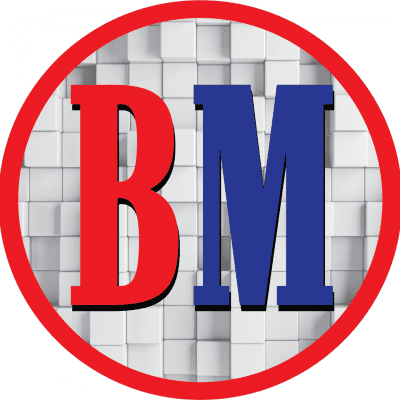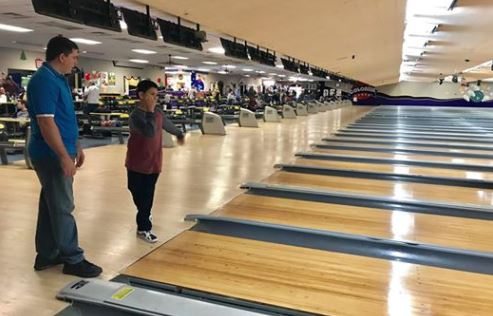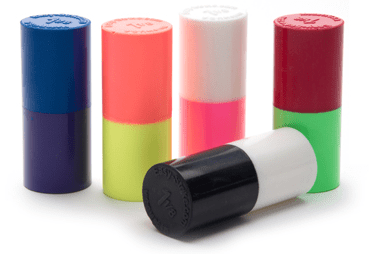Bowling Tips & Coaching Articles, Coaching Corner with John Gaines
Creating the Simple and Effective Bowling Ball Arsenal Part 2 By John Gaines
Part 2 On How To Create A Simple But Effective Bowling Ball Arsenal
This second part of our series on creating a simple ball arsenal will focus on finding your “sweet spot” for core specs. If you missed the first column in this series, make sure to catch up on it first (click here to read) as this is a process designed to lead toward a common goal. But you’ll have to do everything in order to get to the right place at the end.
What Bowling Ball Core Numbers Are Your Sweet Spot?
So what do I mean by finding your “sweet spot?” Just like your “standard layout” that I discussed in the first column, bowlers will generally have a range of core specs that match up well for their applied forces. As a reminder, those are ball speed, revolutions, axis rotation, and axis tilt. They’re what give you the natural path shape that you see when you bowl. By using those forces to match up to core specs (and two of them specifically), we can find a range of balls that will generally roll well for your style. For example:
Ball speed:
Higher speed players tend to favor lower to medium rg balls, while slower speed players will benefit often with medium to higher rg balls.
Revolutions:
Higher revolution players tend to prefer low to medium differential balls. Lower revolution players typically match up better with medium to higher differential balls. There’s also some general tendencies for higher revolution players to match up best with symmetric and low asymmetric strength cores, while lower revolution players at times like higher mass bias strength balls.
As an example, my average ball speed is 17 mph, while my revolution rate is 375 rpm. If you know enough about those values or were to watch me bowl, you would likely come to the conclusion that at times my ball speed is slightly high for my revolution rate that I impart on the ball. This leads me down the path of preferring medium to lower rg bowling balls because they want to lose speed and change direction more quickly. I also tend to prefer medium differential balls that exhibit a fair amount of track flare, which also helps me build friction in the ball reaction. Specifically, I tend to look for balls in the 2.47” – 2.51” rg range, with differentials that fall between .035” and .055”. That may seem like a wide range, but go look up some stuff across the bowling industry, and you’ll realize how many balls I just eliminated from my everyday bowling stuff. Note that I’m not saying I won’t use stuff outside of that range, but more on that later.
How Do I identify By Sweet Spot Bowling Ball Core Numbers?
One easy way to identify this “sweet spot” for core specs for your game is to write down 4-5 of your favorite balls of all time, and then write down 4-5 of your least favorite. Do some research and see if there are similarities with regards to the rg and differential values. Many, many people will find that a few of their favorite balls all seem to be centered on a particular rg/differential combination. This is important to identify, as we’ll use that spot to build the everyday portion of your bowling ball arsenal.
After completing this, along with the subject from the first blog in this series, we should be able to talk about choosing your everyday balls next. More on that in my blog next week! Find your favorite layout, then find your favorite core specs, and we’ll be ready to go!

























































Pingback: Creating the Simple and Effective Ball Arsenal #3 - Coaching Corner with John Gaines - BowlersMart.com Bowling Blog